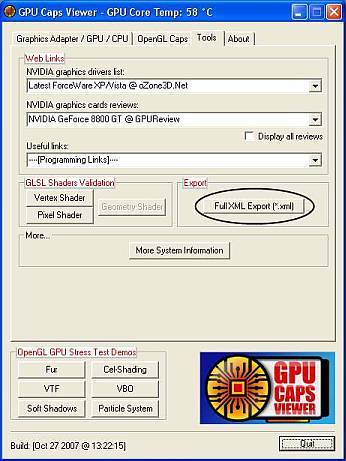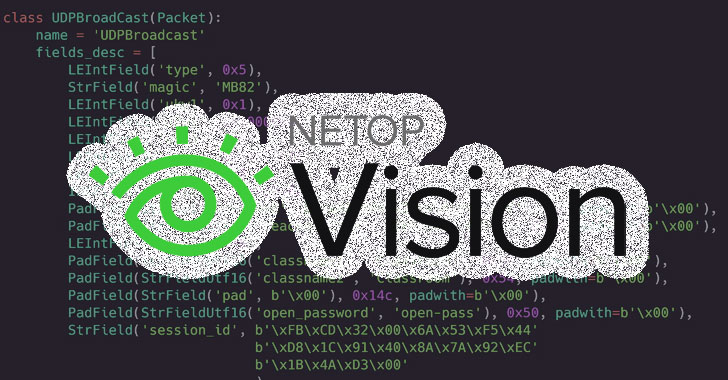


#Netop vision pro full full
Netop Vision Pro student profiles also broadcast their presence on the network every few seconds, allowing an attacker to scale their attacks to an entire school system.įinally, if a hacker is able to gain full control over all target systems using the vulnerable software, they can equally bridge the gap from a virtual attack to the physical environment.

If a hacker is able to impersonate a teacher with modified code, they could also send malicious files that contain malware or other phishing links to a student’s computer. While the functionality allows teachers to monitor their students in real-time, it also puts their privacy at risk. While the Netop Vision Pro student screen shares may seem like a viable option for holding students accountable in the virtual classroom, it could allow a hacker to spy on the contents of the students’ devices. However, it’s important that we educate ourselves on these platforms to help protect our students’ privacy.
#Netop vision pro full software
Of course, remote learning software is necessary right now to ensure that our children stay on top of their studies. The Risks of Netop Vision Pro Vulnerabilities Based on the team’s discovery that a hacker could disguise themselves as a teacher, it became clear that hackers could also use this functionality to overwrite existing files or entice an unsuspecting student to click on a malicious file. Any files sent by a teacher are stored in a “work directory,” which the student can open from an instant message (IM) window. The McAfee ATR team turned their attention to Netop Vision Pro’s chat function, which allows teachers to send messages or files to a student’s computer, as well as delete files. Teacher viewing all student machines via screenshots From there, they explored how a hacker could take advantage of the compromised connection. With this information, the team was able to disguise themselves as a teacher by modifying their code. They also noticed that a student connecting to a classroom would unknowingly begin sending screenshots to the teacher.įurthermore, the ATR team noticed that teachers would send students a network packet (a small segment of internet data) prompting them to connect to the classroom.

#Netop vision pro full windows
While observing the virtual classroom, the ATR team discovered that all network traffic - including sensitive information like Windows credentials - was unencrypted with no option to turn encryption on during configuration. With their experiment set up, it was time for our researchers to get inside the mind of a cybercriminal. They decided to see what would happen if they targeted a student profile, since this would likely be the avenue a hacker would take since they could cause more damage. During the setup, the team noticed that there were different permission levels between student profiles and teacher profiles. Three devices were appointed as students, and one was designated as the teacher. The McAfee ATR team set up the Netop software to mimic a virtual classroom with four devices on a local network. Just like a school science project, our researchers created a simulation to test their hypothesis regarding the potential software bugs. How We Identified Netop Vision Pro Vulnerabilities Let’s dive into these vulnerabilities and unpack how you can help protect your students in the virtual classroom. However, the McAfee Advanced Threat Research (ATR) team recently discovered multiple vulnerabilities with Netop Vision Pro that could be exploited by a hacker to gain full control over students’ computers. The software allows teachers to perform tasks remotely on students’ computers, such as locking their devices, blocking web access, remotely controlling their desktops, running applications, and sharing documents. One such platform is Netop Vision Pro, a student monitoring system that helps teachers facilitate remote learning. To adapt, many schools have adopted new software to support remote classroom management. Keep Remote Classes Safe and in Session: What You Need to Know About Netop Vision Proĭistance and hybrid learning environments are now the norm, and it remains to be seen if or when this will change.


 0 kommentar(er)
0 kommentar(er)
